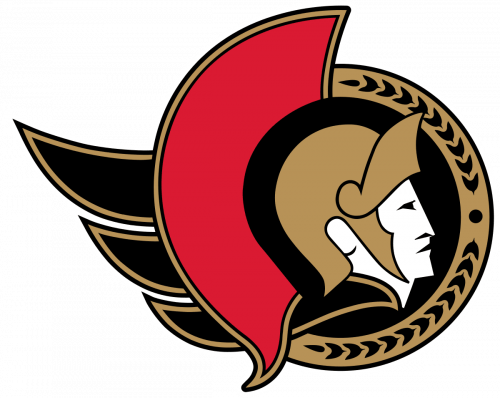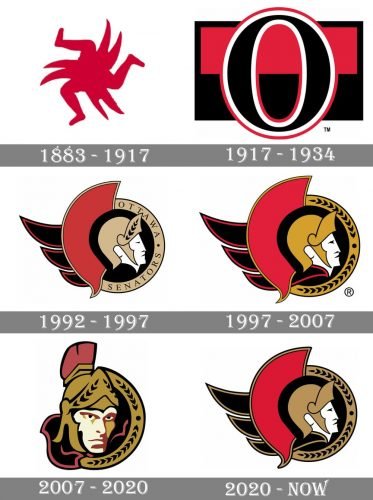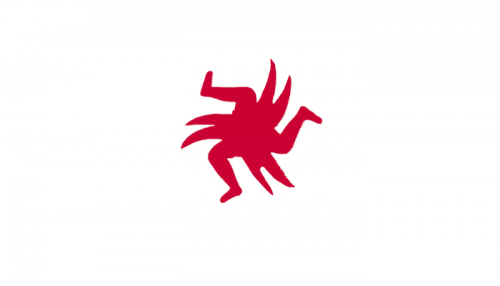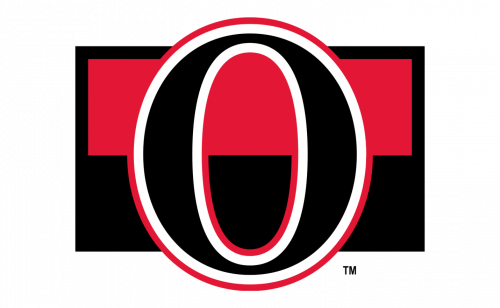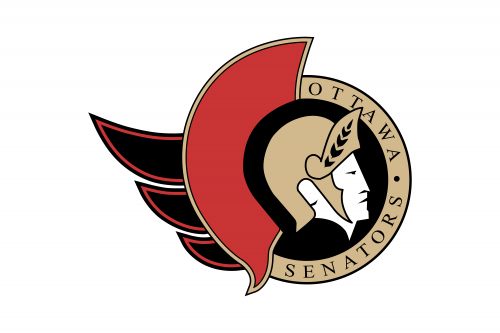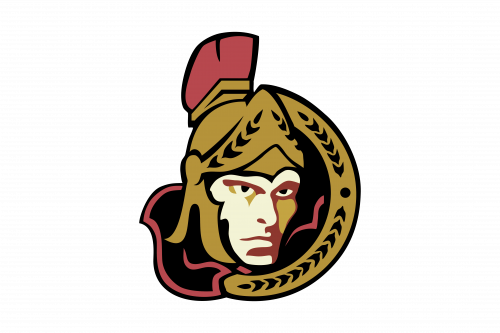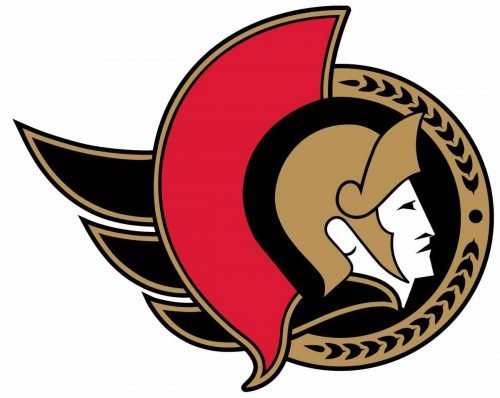The ice hockey team Ottawa Senators has always had a logo featuring the head of a Roman general. The way it was depicted hasn’t been the same, though. About a decade ago, the logo went through a major overhaul and acquired a more modern look without losing its distinctive style.
Meaning and history
Ottawa Senators, originally known as the Ottawa Hockey Club, was formed at the beginning of the 1880s, which makes it one of the world’s oldest hockey clubs. But despite its experience and professionalism, the team was out of the hockey stage for decades and came back only in the 1990s, under the new name and with the new logo.
What are Ottawa Senators?
Ottawa Senators is the name of a professional hockey club from Canada, which was established in 1992 in Ottawa, Ontario. Today the club competes in the National Hockey League, has Canadian Tire Center as its home arena, and D. J. Smith as the head coach.
1883 — 1917
The very image, which was used by the hockey club of Ottawa as their logo was composed of a solid red tribal image with three legs and six pointed lines coming out of it. It was a unique and bright badge, which stayed with the ten for more than thirty years.
1917 — 1934
In 1917 the club starts using a horizontally oriented rectangular flag, horizontally divided into red and black halves. The enlarged black letter “O” was placed over the flag and featured a double white and red outline.
1992 — 1997
The new era started for the team in the 1990s, then the Ottawa Senators appeared on the world’s hockey stage. The logo, created for the club in 1992 featured a rounded badge with a thick gold outline, where the wordmark in elegant black style was placed. The middle part of the badge was taken by a portrait of a Roman Centurion, placed in profile, with his gold and red helmet forming the right part of the badge. Three stylized black feathers were coming out. The left part of the logo.
1997 — 2007
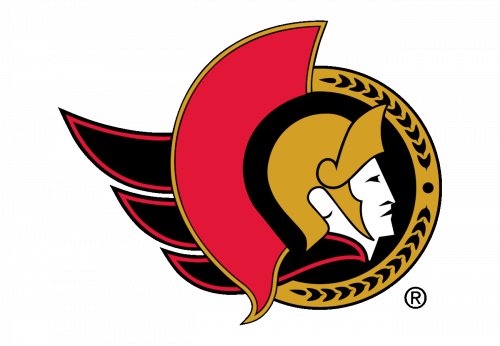
The redesign of 1997 replaced the lettering on the framing with the abstract geometric pattern, resembling a leafy wreath. The leaves from the Senator’s helmets were removed, and the logo started looking more professional and powerful.
2007 — 2020
In 2007 the logo was redrawn and the Senator was now placed in ¾, executed in thick modern lines, with smooth contours. The color palette of the emblem remained the same color but the new style of its execution made the feeling completely different.
2020 — Today
The iconic badge from 1997 comes back to the Ottawa Senators’ visual identity in 2020, with a slightly elevated color palette, where the yellow gold shade is now replaced by its calmer, more beige version, which looks chic and luxurious. As for other elements, their contours were cleaned and refined and now it is a perfectly balanced badge, reflecting the essence and character of the club.
Emblem
The team has several alternative logos. When the Ottawa Senators promoted the modernized version of their former third-jersey logo to the primary status, the Ottawa Senators logo featuring the side view of a centurion became a secondary one. They also use a shield with black and red fields, as well as an emblem featuring a large “O” and a flag.
Font
The wordmark features the name of the team in two lines. The word “Senators” is given in large red letters with a black outline, while the word “Ottawa” is written in smaller gold letters. There’re laurels below. The two words sport the same typeface. It’s both highly legible and unique due to the unusual sharp “serifs” seen on most letters.
Colors
In addition to black and white, the official Ottawa Senators logo features the shades of gold and bright red looking very close to the following ones: Hex: #CF0820 (red) and #C09205 (gold). The four colors have been present in the palette ever since the club was established. The club owners explained that the color scheme was borrowed from the Ottawa Amateur Athletic Association (which doesn’t exist anymore), as the Ottawa Hockey Club was one of its members.
RED
PANTONE: 186 C
HEX COLOR: #C52032;
RGB: (197 32 50)
CMYK: (16 100 87 5)
GOLD
PANTONE: 1245 C
HEX COLOR: #C2912C;
RGB: (194 145 44)
CMYK: (24 42 100 3)
BLACK
PANTONE: BLACK C
HEX COLOR: #000000;
RGB: (0,0,0)
HSB: (350,89,0)
CMYK: (75,68,67,90)
WHITE
HEX COLOR: #FFFFFF;
RGB: (255,255,255)
HSB: (42,0,100)
CMYK: (0,0,0,0)


